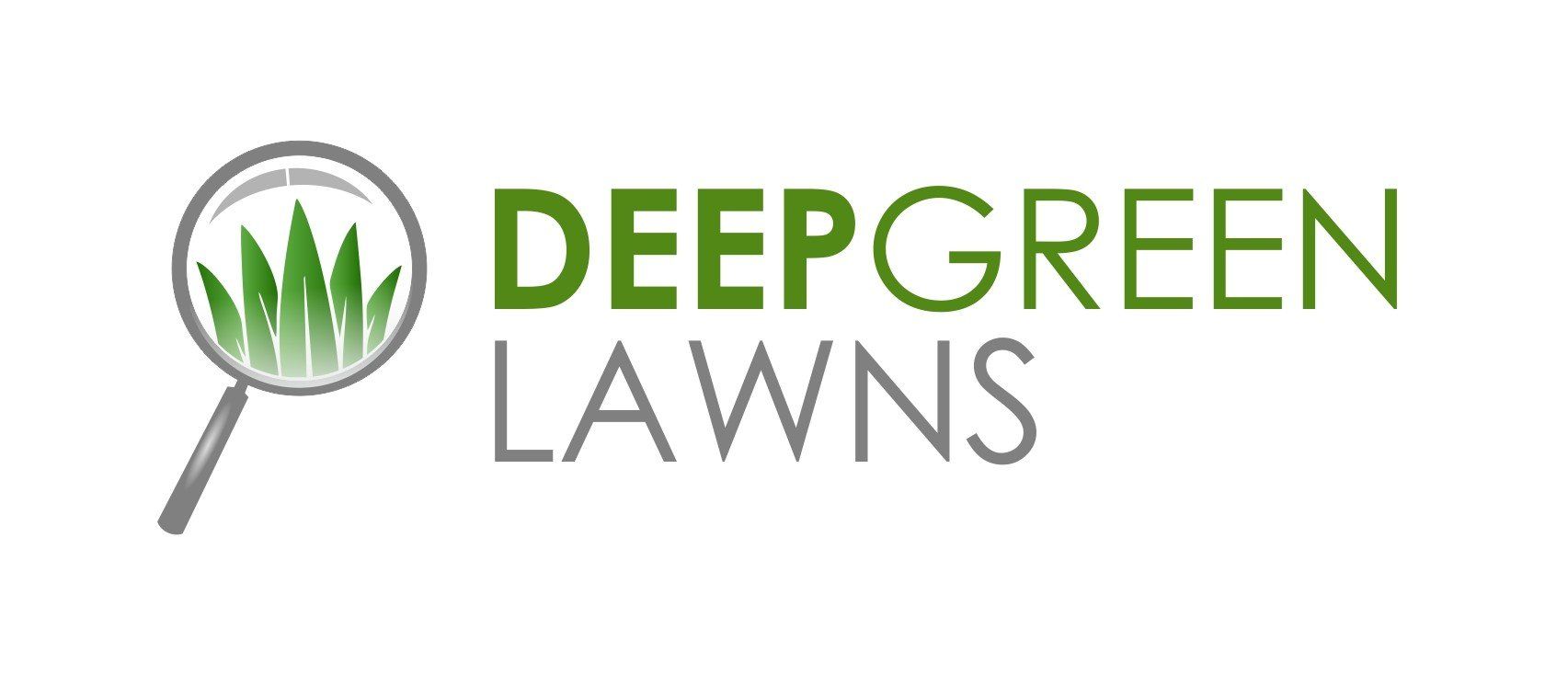Call
0776 6077341 for help with your lawn treatments
Lawn Aeration
Lawn Aeration is the process of punching small holes in your lawn. This will allow air, nutrients and water to reach the deep into the grass roots and encourage a strong healthy root zone.
Over time footfall on your lawn compact the soil down even mowing will take its toll on your grass. The compact soil reduces the amount of soil pore spaces that the grass requires to main the lawn. It is in these pores that air and water circulate and help provide the plant with the necessary nutrients and air and water it requires to respire and grow. Aerating the lawn will produce the pore spaces to allow the lawn to grow.
With our lawn aeration service we know exactly when to aerate the lawn and how to aerate the lawn, if you are in Birmingham, Redditch or Bromsgrove get in touch.
Types of Aeration
Hollow Tine Aeration
This is where the machine drives metal tines into your lawn extracting a core of turf and soil as it goes. The main benefit of removing the core is that it creates extra space in the remaining soil allowing the grass roots to flourish.
Benefits of Hollow tine aerating
- It loosens the soil, improving drainage
- Increases the rooting depth of the grass, which in turn strengthens it
- Improves the effectiveness of fertilisation
- Allows water to make its way down to the roots quickly
- It is one of the most beneficial treatments that can be done to your lawn
Solid Tine Aeration
This is where the machine drives metal spikes into the surface of the lawn to make air holes in it, this will allow the soil to breath and creates channels through which water and nutrients can travel, helping to strengthen to grass root system.
This method does not remove soil plugs.
Benefits of solid tine aerating
- It loosens the soil, improving drainage
- Increases the rooting depth of the grass, which in turn strengthens it
- Improves the effectiveness of fertilisation
- Allows water to make its way to the roots quickly
- It is one of the most beneficial treatments that can be done to your lawn
Lawns will benefit from aeration once a year normally at the start of autumn.
Application time – March to May, September to October depending on conditions
Free lawn survey
We guarantee a perfect
lush green lawn .
lush green lawn .
The best customer service
.
The price we quote is the price
you pay, no hidden costs.

